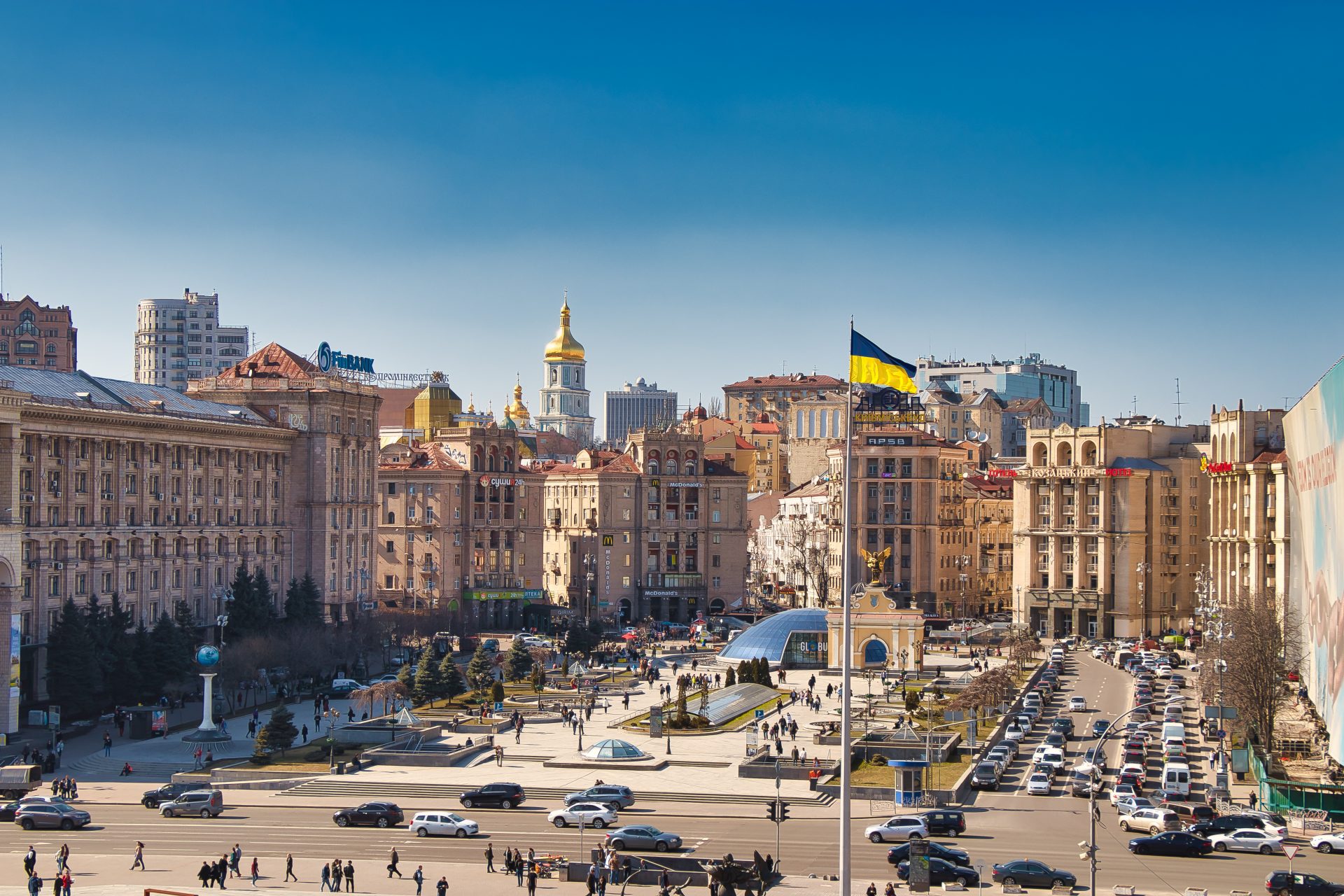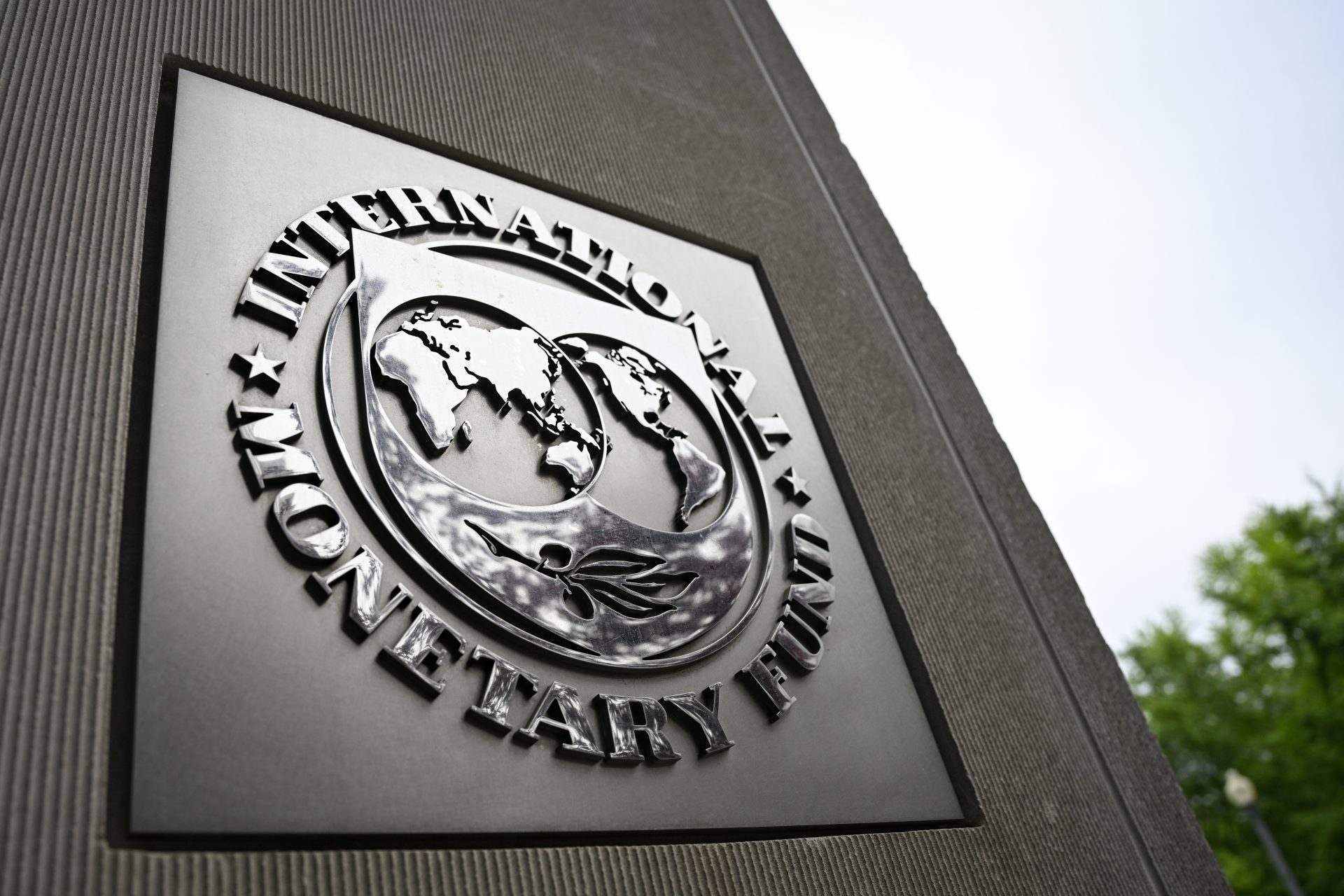Forest fires: tragic consequences and how to prevent them
With the arrival of heat, also comes the danger of forest fires. In recent years they have had terrible consequences in many areas of the world, largely due to climate change, and behind most of them, unfortunately, is the action of humans - who are also the key to preventing them in most cases.
However, in recent years, as the WWF warns, "they are no longer limited to summer" and have become a global problem. They point out that there are fewer fires today, but they are much more destructive than before. They are the 'sixth generation' fires, also known as the 'superfires'.
Image: Malachi Brooks (Unsplash)
Greenpeace points out that "fire is a natural element that our ecosystem needs for the regeneration of forests and mountains, since it provides resprouting and germination strategies after its passage. However, it has ceased to be a natural disturbance that models the landscape to become a terrible threat that in more than 96% of cases is caused by human beings”.
Image: Ylvers (Pixabay)
The phenomenon of forest fires, according to Greenpeace, "has become one of the greatest environmental problems suffered by our mountains due to the high frequency and intensity that it has acquired in recent decades."
Image: Fabian Jones (Unsplash)
In addition to the so-called arsonists (which are not the main cause of forest fires), there are several causes that have led to an increase in these phenomena with terrible consequences for the environment.
Image: Mike Newbry (Unsplash)
The first of these is climate change. The increase in heat waves gives rise to what is known as 'hydric stress', that is, the lack of water in the land, which makes it dry and more vulnerable to fire. The fires in these places are usually devastating, since there is usually a lot of dry and continuous vegetation in one area.
Image: Nikolay Maslov / Unsplash
The lack of care for the countryside and the scrub in rural areas caused by the exodus to the cities could be another cause. It has always been said how important rural people and cattle were to 'clean' the forests, a job in extinction that results in wild overgrowth.
Image: Matt Palmer (Unsplash)
Greenpeace also says that improper urban management and construction in appropriate places often results in making homes more vulnerable to forest fires.
Image: Jen Theodore (Unsplash)
Following a forest fire comes the consequences: erosion of the soil, when the vegetal layer that protects it disappears; the death of animals and even people. In addition to economic, general and personal damages; river pollution; alterations -sometimes irreversible- of the landscape and the natural environment, all of which contributes to climate change as well.
The state of California, in the United States, is one of those areas of the world that have become common on television when talking about forest fires, with apocalyptic scenes in which the fire destroys forests and homes. In 2020, the worst in recent years, 2.6 million hectares were devastated on the North American west coast, especially in California, but also in Oregon and Washington, taking the lives of 46 people.
Spain is another important focus of forest fires in the world despite its small size. 2012 was the worst in recent years in this regard, with a total of 218,956 hectares burned, and 2017 was the year with the largest fires. In everyone's mind are those of last year 2021 in Ávila, with 22,037 hectares devastated, and in Sierra Bermeja (Málaga), with 7,664 hectares. Or this same year 2022 in the Sierra de la Culebra (Zamora), with 25,228 hectares burned.
Portugal is not an isolated case on the subject of fires either, and they are usually in the news every summer. They tend to be especially active in the north of the country, where there is a greater forest mass and, on many occasions, the means of extinction are overwhelmed, so they have Spanish means to help them in their extinction. 2017 was the worst year for the Portuguese with 36,000 hectares affected, highlighting the one that took place in Pedrógão Grande, for which 1,700 firefighters were mobilized and caused 254 injuries, seven of them critical. On the night of June 17 to 18 of that year, 156 fires were registered throughout the country.
To look for areas with potential fire danger, just sweep along the Mediterranean coast. Another example is Greece, which in 2021 also suffered a major series of forest fires amid an unprecedented heat wave in the country. Large tracts of land were burned to the point of threatening the capital, Athens, and they needed international help from Croatia, Cyprus, Egypt, France, Germany, Israel, Poland, Romania, Spain, Sweden, Switzerland, Ukraine and the United States to quell the attacks. fires.
Nor was Turkey spared that fateful 2021. In the case of Turkey, that year the fires affected a total of 17 provinces and caused 4 deaths. They also had help from other countries such as Russia, Ukraine, Iran, Azerbaijan and the European Union. More than 160,000 hectares were burned and Turkish President Recep Tayyip Erdogan called the affected areas "disaster areas".
In the case of Italy, in 2021 alone it lost a forest area of 110,000 hectares due to forest fires, four times more than the average of the last decade. According to data from the European Fire Information System (EFFIS), more than 400 major fires were recorded.
On the other side of the Mediterranean, they are also no strangers to problems with forest fires. In Algeria they caused 65 fatalities in 2021 and its prime minister, Aïmene Benabderrahmane, defined it as a "national tragedy". In the case of neighboring Tunisia, a total of 165 fires were recorded, destroying more than 4,800 hectares of forest.
Another case that left us shocked in 2021 was that of the Amazon. The great green lung of the world was devastated by fires, about 300, most of them concentrated in Brazil, according to the Andean Amazon Monitoring Project (MAAP). 2020 was even worse, with 2,250 fires throughout the season and, interestingly, almost 70% of the fires that occurred in Brazilian territory originated in large areas that had been deforested.
Australia is another corner of the world that usually coexists year after year with forest fires. 2019 and 2020 were the worst years in memory in the country with 18 million hectares burned, of which 12 million were forests. According to WWF, more than three million animals were victims of the fire.
Image: Jo Anne McArthur (Unsplash)
Not even the Arctic Circle is free of fire. In the summer of 2020, wildfires in the Arctic broke all records for CO2 emissions, according to scientists from the Copernicus Atmospheric Monitoring Service (CAMS). The Arctic is warming twice as fast as the rest of the planet and is already being threatened by fires too.
And what can we do to prevent these terrible fires? The biggest thing we can do it seems is prevention: following basic forest fire prevention rules, and keeping forests and fields clear of brush.
Image: Karsten Winegeart (Unsplash)
Greenpeace says: “It is essential to act both on the causes that originate the fires and on those that spread them. Otherwise, regardless of how it started, there will be a fire that is difficult to control.”
Image: Marcus Kauffman (Unsplash)
WWF also highlights the importance of trees in fire prevention. Trees are not only the victims, but also the solution. "Together they keep the climate stable, capture huge amounts of C02, release oxygen, create water and form forests that are home to millions of people and most of the earth's biodiversity" they point out, while warning "there is a direct relationship between fires, deforestation and pandemics”.
Image: Kazuend (Unsplash)
According to WWF: “Large fires are not extinguished with water, but with forest management and territorial planning. (…) Only by reducing the vulnerability of the landscape to the spread of flames – with firebreaks, for example – will we avoid large forest fires”.
In addition, it is important that those in charge work well in raising the environmental awareness of their citizens, in addition to increasing controls and applying the law in all cases in which the hand of man is responsible for a fire.
Image: Alan Rodriguez (Unsplash)
As for people individually, there are things we can do to prevent fires from occurring. For example, never leave waste in the middle of dangerous areas that could cause a fire: bottles and other glass objects, smoking in forests....
Image: Alessandro Cavestro (Unsplash)
It is also essential to comply with the regulations that prohibit making fires in especially vulnerable areas, whether for leisure, such as barbecues, or for agricultural activities, such as the burning of stubble. 95% of fires are caused by negligence of this type.
Image: Courtnie Tosana (Unsplash)
For those who have homes in the countryside, it is better to avoid exterior decoration with plant species that burn easily, such as cypresses.
Image: Herbert Goetsch (Unsplash)
We must also be very careful with the use of vehicles or mechanical devices in the forest and countryside. When vehicles overheat they can also cause fires.
Photo: Reinhard Thrainer (Pixabay)
In addition, in the event that we are faced with a fire, it is important to know how to react to it. The first you must notify the competent authorities and, in case of being in danger, always flee in the opposite direction from where the wind blows. We must look for treeless fields, avoiding hillsides or ravines, and always listen to the professionals who know what to do.
Image: Caleb Cook (Unsplash)
It is up to us to be responsible citizens and avoid poor practices which can start forest fires. The future of the Earth and its environmental riches and our future are at stake.
Image: Joanne Francis (Unsplash)
More for you
Top Stories











































